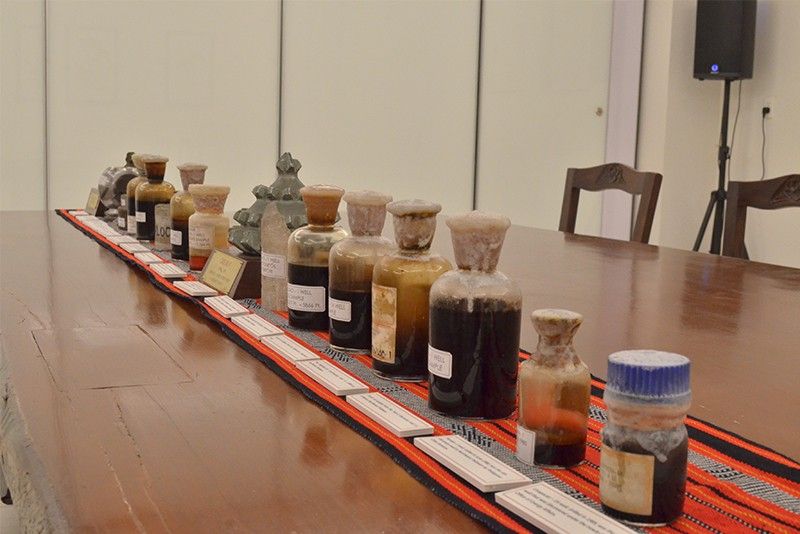National Museum receives artifacts from early Philippine oil discoveries

MANILA, Philippines — The National Museum has received specimens and artifacts from the early oil and energy discoveries in West Philippine Sea that jumpstarted the development of indigenous energy sources that are now powering the nation.
In a statement, the National Museum said geologist Arthur Saldivar-Sali turned over the crude oil samples, oil reservoir rocks and oil well drilling implements to Museum director Jeremy Barns last June 14.
Some of the specimens and artifacts turned over to the NM were the diamond drilling bits that penetrated the Philippines’ first and second discovered oil wells (Nido-1 and Cadlao-1) offshore Northwest Palawan on March 9, 1976 and August 17, 1977, respectively.
The National Museum also received crude oil samples in glass reagent bottles from oil discovery wells Nido-1, Galoc-1, Cadlao-1, Matinloc-1, Tara-1, Pandan-1, Linapacan-1, also in Northwest Palawan.
Sample of gas condensate from the Sampaguita-1 discovery well drilled in the Reed Bank of West Philippine Sea in September 1976, as well as oil-soaked and oil-stained reservoir rocks from Nido-1 and oil-stained reservoir rock with oil samples from Galoc-1 were also turned over to the museum.
The Philippines claims parts of the South China Sea within its exclusive economic zone and calls it the West Philippine Sea.
Like the Philippines, Vietnam has partial claims over the South China Sea, where Beijing has staked "indisputable sovereignty" and built artificial islands with military facilities and airstrips.
Taiwan, Brunei and Malaysia also have claims in the area.
Reed Bank is about 150 kilometres (93 miles) off the Philippine island of Palawan. It is within Manila's 200-nautical-mile exclusive economic zone and far from China's nearest major landmass. — with AFP



















